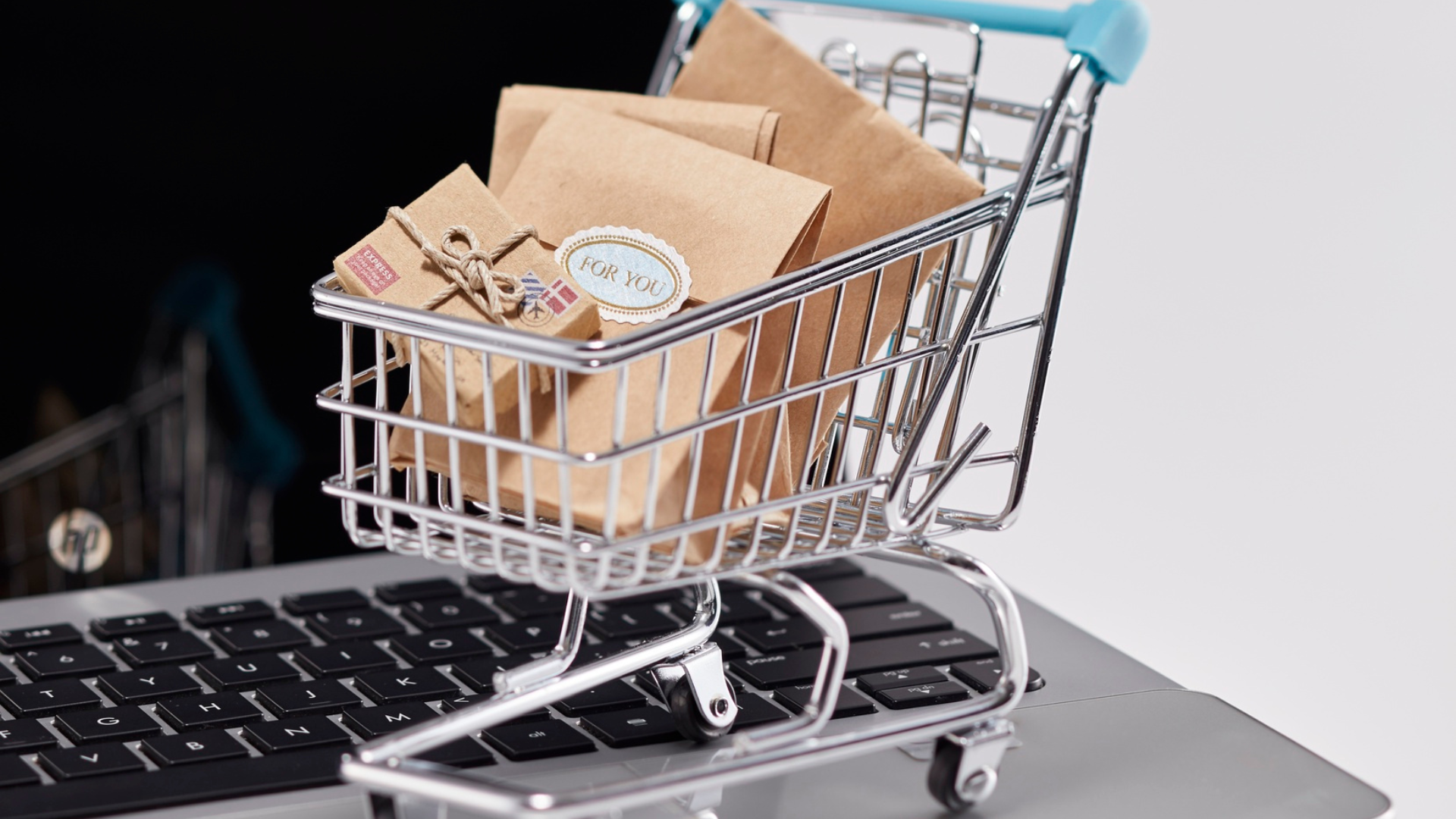Now is the perfect time to reconnect and see what’s trending for the year ahead within the retail industry. In conversations with industry leaders at various tradeshows and meetings, five key shifts have emerged—especially in the retail tech world. These tech trends are shaping the future of retail, driven by the need for greater efficiency and maximizing the impact of data. Here are the top retail trends leading retailers are keeping an eye on in 2025:

- Personalize Your Tech Stack
Every retailer needs technology that aligns with their unique business model. Success in retail depends on tailored solutions—there is no one-size-fits-all solution in retail technology. Individuality is why businesses continue to succeed, each carving out its place in the industry with distinction. The tech used and how it’s implemented must align with these differences. Whether a business is a small regional retailer, a global brand, a family-run operation or a publicly-traded company, technology must serve the specific needs of each business. Success lies in understanding those nuances, and tailoring your tech stack accordingly.
- Trending Beyond Manual Inventory Management
In retail, success hinges on precise seasonality and allocation, making it clear that manual processes can no longer keep up. The need for technology that balances both replenishment and allocation has never been more critical. Retailers must account for seasonal purchasing patterns, store location, size and even the color variations of garments to ensure the right products are in the right place at the right time. The goal is to avoid excess inventory sitting in a warehouse while also preventing stockouts that lead to missed sales. Getting this balance right will give retailers a competitive edge.
- Balancing Push and Pull Allocation
For years, retailers have relied on reactive inventory strategies including manual corrections based on what’s needed in the moment. AI integrations and machine learning allow businesses to shift from adjusting to demand to proactively fine-tuning their allocation strategies, often referred to push and pull allocation. For example, let’s say you have two A stores. One is in Hawaii and the other is in New York. A push system would always send the same number of socks to both stores, even though socks are likely not selling well in Hawaii and you might even sell out of certain colors in New York.
A push system stocks inventory based on store parameters like the square footage and the volume of the store. It’s not based on factors that determine demand. It’s the warehouse that pushes inventory to stores. Push systems make sure stores are fully stocked regardless of who comes to buy it.
The pull system corrects this issue by stocking stores based on local demand—but it cannot be done without historical data and it cannot be done manually. The challenge for a lot of retailers is that a pull system requires a level of data and metrics. It can respond directly to consumer demand, local weather and store sizes. It helps to keep inventory lean and reduce waste.
Many retailers are now adopting a hybrid approach, leveraging AI-driven insights to strike the right balance between push and pull allocation. By setting up intelligent, data-backed rules for replenishment and distribution which are tailored to seasonality, store location, product type and customer behavior, businesses can optimize inventory flow and boost profitability.
- (Small) Retailers Can’t Afford to Stay in “Excel Hell”
The time to shift to real-time, automated data tools is now. Many retailers are moving beyond “Excel Hell,” replacing outdated Excel spreadsheets with technology that provides real-time data, forecasting and reporting. Even small businesses are now embracing digital tools to stay competitive.
Historically, small retailers have been unable to capitalize on innovative tech due to limited resources. With the rapid advancement in retail tech and inventory management solutions, they can’t afford to not adopt. There are a plethora of affordable options, empowering small business to access customizable solutions that streamline inventory management, enhance customer relationships and improve overall efficiency. By leveraging automation and AI-driven insights, small businesses can offer a seamless shopping experience while optimizing operations to reduce costs.
- Seasonal Planning: Make it or Break it
The better seasonal inventory is planned, the stronger profit margins can become. However, seasonal inventory management requires long-term forecasting while navigating short-term challenges. Retail supply chains involve multiple moving parts. Those include suppliers, warehouses and shipping partners. All of these elements must work seamlessly to avoid costly disruptions. Unexpected delays can lead to stockouts, resulting in lost revenue and frustrating customers, while overestimating demand can leave businesses stuck with deadstock that are difficult to move after peak seasons. Rigid warehouse contracts can further complicate matters, leaving retailers with high storage costs when demand drops. To optimize seasonal selling, businesses must invest in flexible logistics, data-driven demand forecasting and adaptable inventory strategies.
2025 Retail Trends and the Art of Finessing Technology
While AI might be the brains behind modern retail, people remain at the heart of its success. Technology can analyze data, predict trends and optimize inventory, but it’s the employees on the ground who understand the nuances that AI can’t capture. They know what can be done better, spot local issues like road construction affecting foot traffic or a special event bringing in new customers, and make the critical adjustments that drive business success.
To discover more retail trends, industry insights, and innovative shifts in retail tech, read our blogs. Email us at info@7thonline.com to talk to the team.






